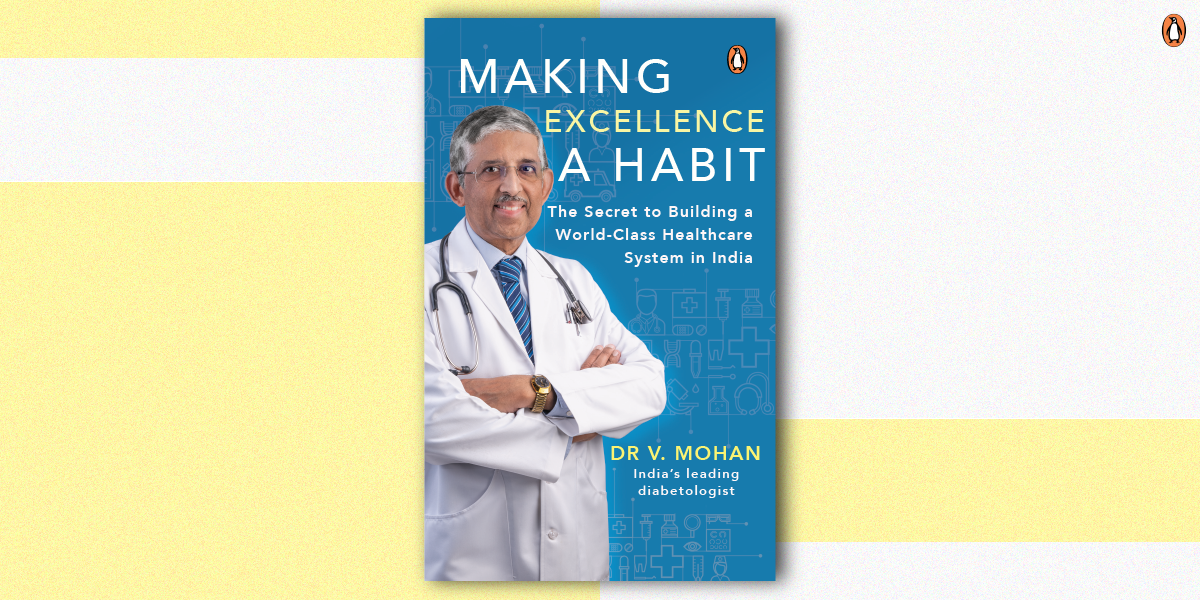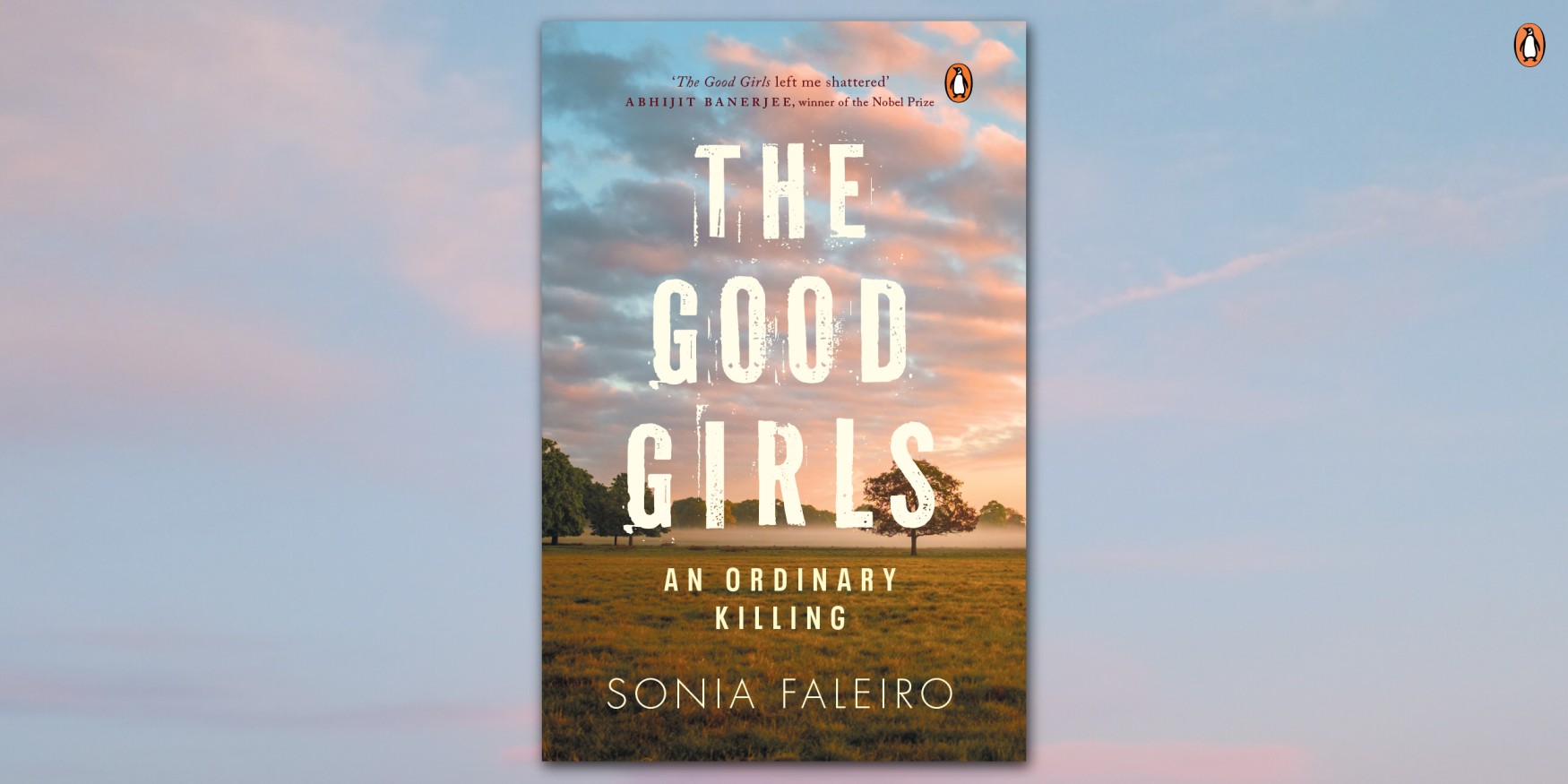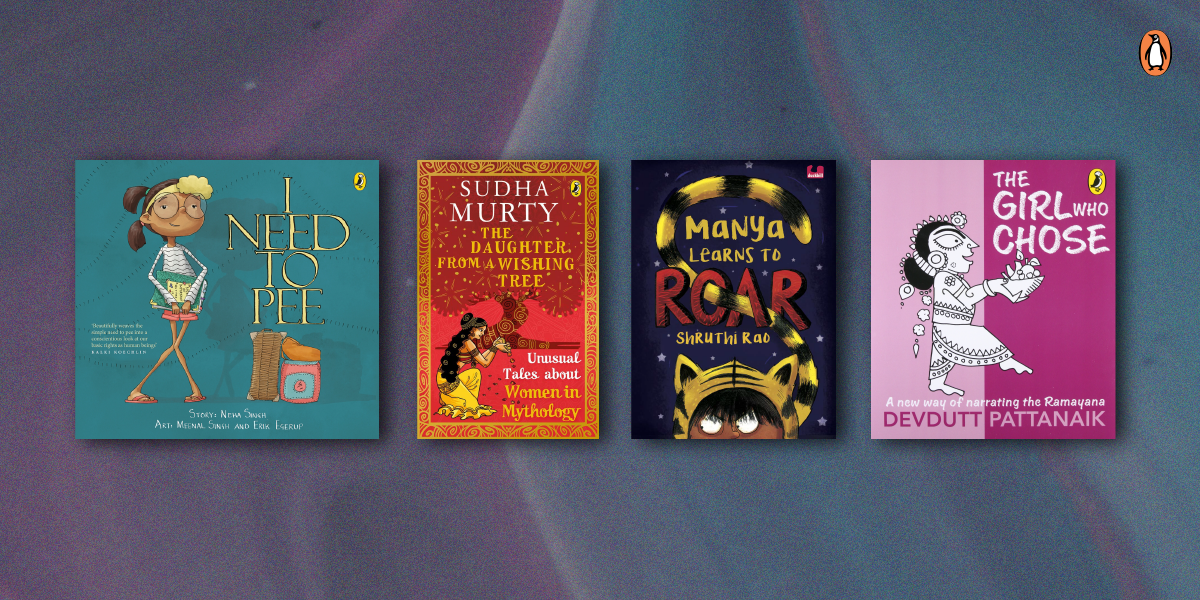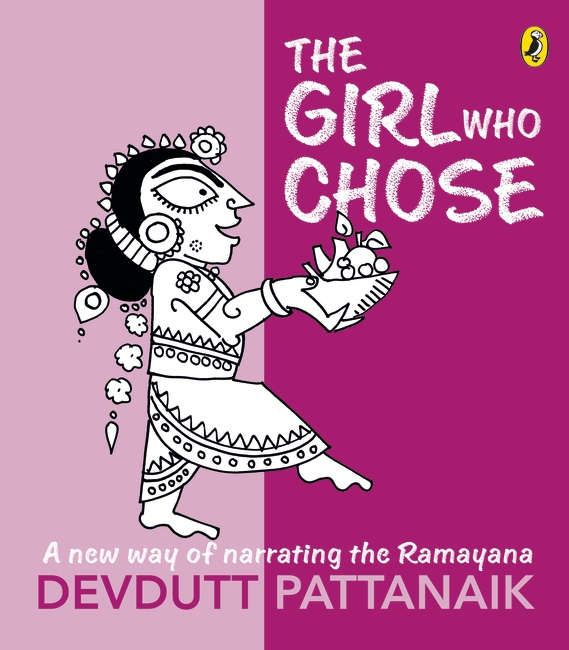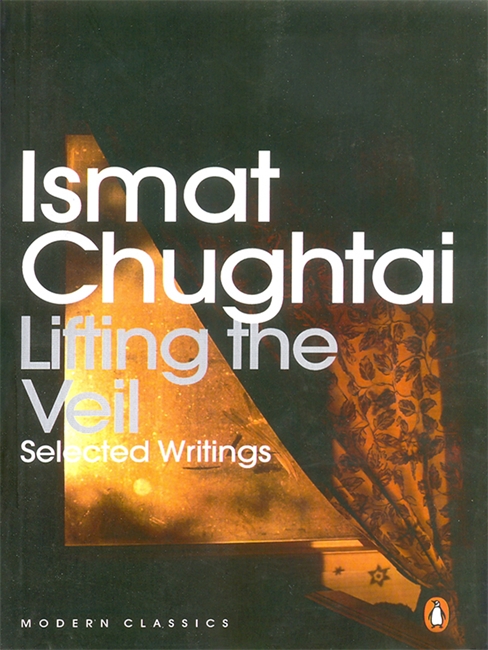In this world full of plastic and chemical waste, how can you help save the planet?
Did you know that there will be more plastic than fish in our seas by 2050? Did you know that it takes 20,000 litres of water to make a pair of jeans? Did you know that we have a massive food wastage problem, and yet millions die of hunger each day?
Sahar Mansoor founder and CEO of Bare Necessities, a zero-waste social enterprise and Tim de Ridder present Bare Necessities-How to Live A Zero Waste Life is your one-stop guide on how to move towards a more sustainable lifestyle in India. Filled with activities, insights, recipes, tips and how-to guides, it is a must-read for anyone wanting to make a positive change in their life and to our environment.
Read on for five easy-to make recipes that will drastically improve both your own health and that of the environment, while also producing absolutely no waste!
- Sustainable behaviour begins with your very first activity of the day-brushing your teeth! This recipe ensures your pearly whites are treated to only clean ingredients, while making sure there are no squeezed out plastic tubes of toothpaste ending up in the landfill.
Peppermint Party Toothpaste
You will need:
- 1 part baking soda,
- 1 part coconut oil,
- A few drops of peppermint essential oil.
All you need to do to get naturally clean teeth is to mix it all together in a bowl until it becomes a paste and then place it in a reusable container for the next time you brush your teeth. While this may taste and appear to be different from the toothpaste you’re used to, it is worth trying out.
- To use the Peppermint Party Toothpaste:
- Scoop a tiny dollop with a teaspoon on to your toothbrush (you could start using this and a bamboo toothbrush at the same time) before every use.
- Your muscles need to be thoroughly rejuvenated when you begin your day crusading for the environment, Ditch the pricey and plastic packaged bath salts for a simple recipe that is even more effective.
Lemongrass Bath Salt
You will need:
- 1 part rock salt/Epsom salt/pink Himalayan salt (or a combination of all),
- A small drizzle of coconut oil,
- A few drops of lemongrass essential oil,
- Rose petals.
For a naturally rejuvenating bath, follow this method:
- Gradually mix each of these ingredients in a bowl in chronological order,
- Place it into a reusable container for use when you bathe next.
- Busy days means sometimes your hair needs and extra kick without an extra hour of shampooing. But store-bought dry shampoos are often aerosol based, which contribute to air pollution and often have chemicals that can damage your hair in the long run. This dry shampoo recipe is safe for both cake and your hair!
Dessert Dry Shampoo
You will need:
- 1 part cornflour,
- 1 part cocoa powder,
All you need to do is put the cocoa powder into a bowl, followed by the cornflour. This one is really easy to make, with no complications involved:
- Stir the two ingredients with a spoon until there are no distinct ingredients, that is, you can no longer see any white from the cornflour. The mix should be light brown in colour.
- Place this in a container for you to use when you need it.
- There’s nothing more infuriating or exhausting to handle than a clogged drain whether in the bath or in the kitchen! While you might be tempted to pour plastic sachets of commercial drain cleaner down the pipes, do the water bodies in your area a favour and stop pollution at its source with our much more environmentally friendly concoction.
Pipe Cleanse-Unclog Your Drain
You will need:
- 1⁄2 cup baking soda,
- 1⁄2 cup white vinegar,
- A wet cloth,
- Hot water.
Unclog your drain by:
- Pouring the baking soda down the drain,
- Follow with white vinegar,
- Cover the opening with the wet cloth
- Let it sit for 5–20 minutes (based on how clogged your drain is),
- Pour some hot water down the drain.
This trick will work wonders for mild clogs!
- After a long day of saving the environment one small step at a time, unwind and pamper yourself with this nourishing facemask.
FaceTime (as nature intended) Facemask
You will need:
- 1 tablespoon rice flour,
- A pinch of turmeric,
- 1 teaspoon honey,
- 1 tablespoon of mashed banana, tomato, orange, papaya or pineapple.
All you have to do is:
- Blend the dry ingredients together,
- Drizzle some honey to form a paste-like consistency,
- Finish off by adding your preferred fruit in.
Use it like any other face mask. It is a great natural alternative that will provide you with supple, hydrated skin. However, make sure you only use this mask once a week.










